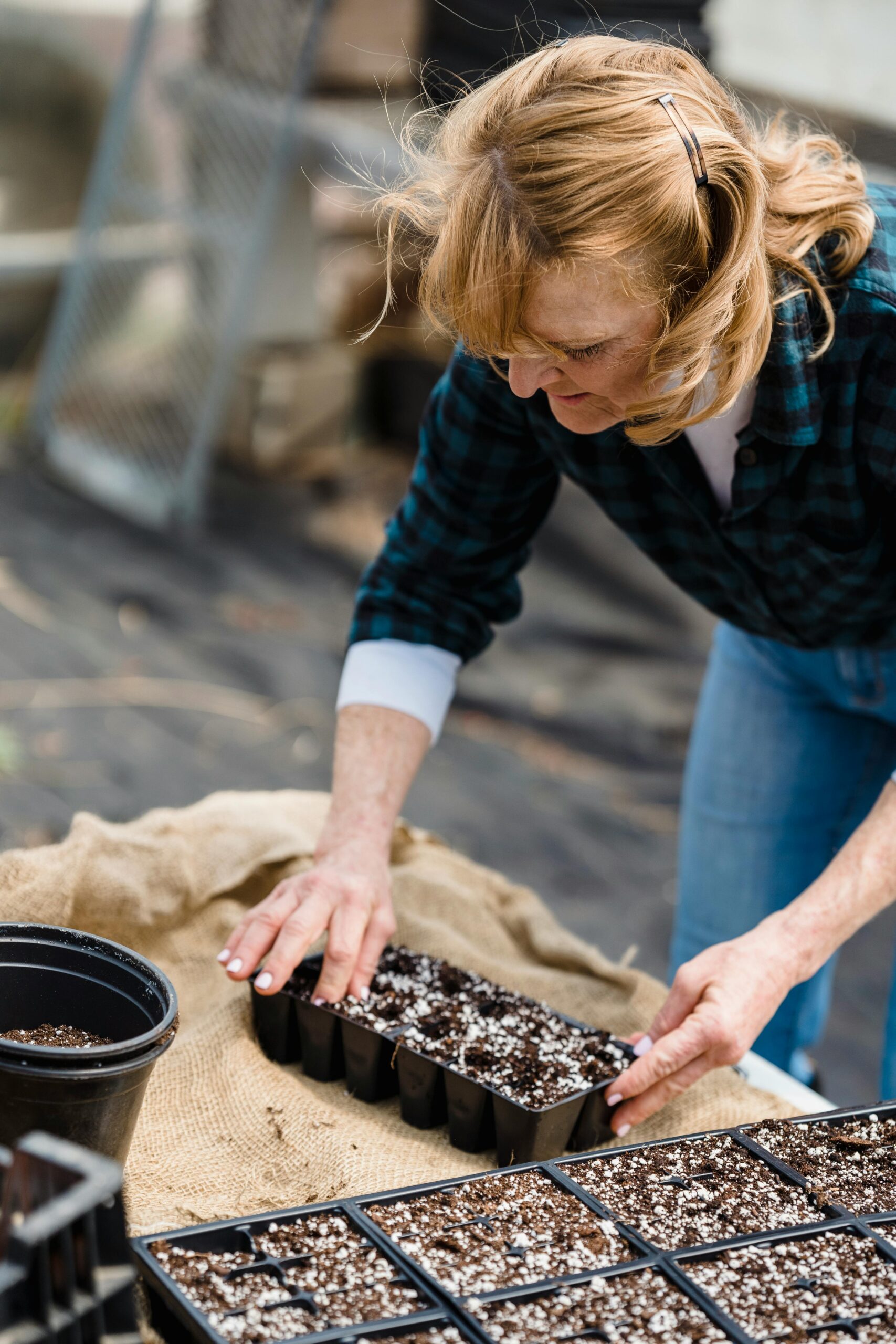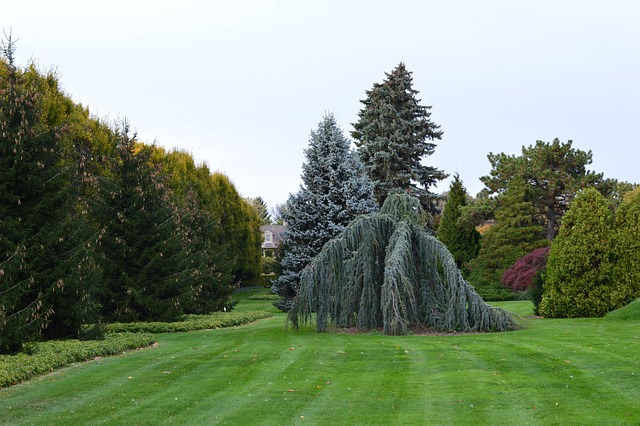As a passionate gardener, I have always found comfort and happiness in tending to plants and seeing them grow. Observing the fruits (and veggies) of your labor is one of the most satisfying parts of gardening. Garden box planting is the ideal option if you want to make the most of your gardening space and design a stunning and fruitful garden. In order to help you unleash your green thumb and achieve boxed bliss, I will walk you through the art of garden box gardening in this post.
Benefits of Using Garden Boxes
Garden boxes are a great option for both beginning and seasoned gardeners because of their many advantages. First of all, they offer superior drainage, eliminating soggy soil and lowering the possibility of root rot. Garden boxes also provide you more control over the quality of the soil, which means your plants will grow in the best possible conditions. Furthermore, gardening is now easier to access because to their raised design, especially for people who have mobility problems. Lastly, garden boxes provide your outside area a refined touch by providing an aesthetically pleasing and well-organized approach to display your plants.
Types of Garden Boxes
There are so many options available to you when it comes to garden boxes. There are numerous varieties, each with special qualities and benefits of its own. The three most popular varieties are the metal, plastic, and wooden garden boxes. A popular option that gives your yard a natural, rustic appearance are wooden garden boxes. Conversely, plastic garden boxes are strong, lightweight, and frequently available in a variety of eye-catching hues. Because of its robustness and longevity, metal garden boxes are well-suited to enduring inclement weather. In the end, the kind of garden box you select will rely on your taste, your financial situation, and the overall look you want to accomplish.
Choosing the Right Location for Your Garden Box
The success of your plants depends on where you choose to put your garden box. It’s critical to select a location that receives enough sunlight for most veggies and herbs, as they need at least six hours of direct sunlight per day. You should also think about how close it is to a water source because you will need to water your garden box on a regular basis. Keep your garden box away from structures that could provide too much shadow or obstruct sunlight, such as big trees. Because severe winds can harm plants, it’s important to consider the wind patterns in your area. Finally, confirm that the site is easily accessible for harvesting and upkeep. You may provide your garden box plants with the best possible environment by giving these things considerable thought.
Selecting the Best Soil for Your Garden Box
The quality of the soil you use is crucial to a successful garden box. Select an organic matter-rich soil mix that drains effectively. Proper root development, sufficient nutrient provision, and moisture retention are all characteristics of a high-quality soil mix. By mixing equal amounts of compost, peat moss, and vermiculite or perlite, you can make your own soil mixture. Alternatively, your neighborhood garden center may sell pre-mixed soil. To guarantee enough aeration, fill your garden box with dirt that is uniformly spread and loosely packed. To preserve the fertility of the soil and promote healthy plant growth, don’t forget to amend it on a regular basis using compost or organic fertilizers.
Essential Tools and Materials for Gardening in Boxes
Before you start planting your garden box, make sure you have the necessary supplies and tools on hand. A watering can or hose, garden gloves, hand pruners, and a garden trowel are some of the essential items you’ll need. To keep an eye on the soil’s acidity, you might also need a pH testing kit, a garden fork, and a hand rake. To stop weeds from developing, line the bottom of your garden box with cardboard or landscaping fabric when it comes to supplies. Throughout the growth season, you’ll also need to feed your plants with organic fertilizers or compost from a dependable source. You may plant a thriving garden in your boxes if you get these necessary equipment and supplies.
Planting Techniques for Garden Boxes
Having prepared your garden box, it’s now time to explore the fascinating world of planting. Begin by designing the arrangement of your garden box, taking into account the distances needed for every plant. Steer clear of overpopulation, which can impede plant growth by creating competition for resources. Using a garden fork, soften the soil and remove any debris or weeds to start. Next, dig little trenches or holes for every plant, making sure the holes are deep enough to hold the roots. Plants should be carefully inserted into the holes, with earth covering the roots and minimal pressure applied to hold them in place. To help settle the soil and hydrate the recently planted seedlings, water the area well after planting. Finally, consider adding mulch around your plants to conserve moisture, suppress weed growth, and protect the roots from extreme temperatures.
Caring for Your Garden Box Plants
Giving your garden box plants the right care and attention is essential to ensuring their health and vibrancy. Watering on a regular basis is crucial, especially in the summer when it’s hot and dry. The soil should be kept continuously damp but not soggy. Mulching can assist hold onto moisture and cut down on how often you need to water. Furthermore, keep an eye out for illnesses and pests that could harm your plants. Check your garden box on a regular basis for indications of damage or infestation, and take the necessary precautions to keep pests and illnesses under control. Finally, to restore nutrients to the soil, think about fertilizer your plants on a regular basis. Compost and fish emulsion are two great examples of organic fertilizers that may be used to encourage healthy development and improve the flavor of your crops.
Common Mistakes to Avoid in Garden Box Planting
Despite the many advantages of garden box gardening, there are a few typical errors that gardeners should steer clear of. Overwatering is one of the most frequent errors that can result in fungal illnesses and root rot. Finding the right balance between giving plants enough moisture and preventing overwatering is crucial. Neglecting to routinely check the soil’s pH levels is another error. It’s crucial to make sure the acidity of the soil is appropriate for the plants you are cultivating because different plants have varying pH requirements. Furthermore, packing your garden box too full will impede plant development and raise the possibility of disease transmission. Lastly, not rotating your crops every season can cause the soil to become depleted of nutrients and promote the growth of pests and diseases. You can increase the likelihood that your garden box planting efforts will be successful by being aware of these typical errors.
Enjoying the Fruits of Your Labor
With garden box planting, you may release your green thumb and produce a flourishing garden in a little space, which is a satisfying and fulfilling undertaking. You may create the conditions for a bumper crop by learning about the advantages of garden boxes, selecting the ideal spot and soil, and using the right planting methods. Don’t forget to give your garden box plants enough love and attention, steer clear of frequent blunders, and use imaginative design concepts. You’ll feel the satisfaction of seeing your hard work pay off as you see your plants thrive and bear fruit. So gather your gardening supplies, roll up your sleeves, and get ready for a voyage of packaged pleasure. Cheers to your successful gardening!


